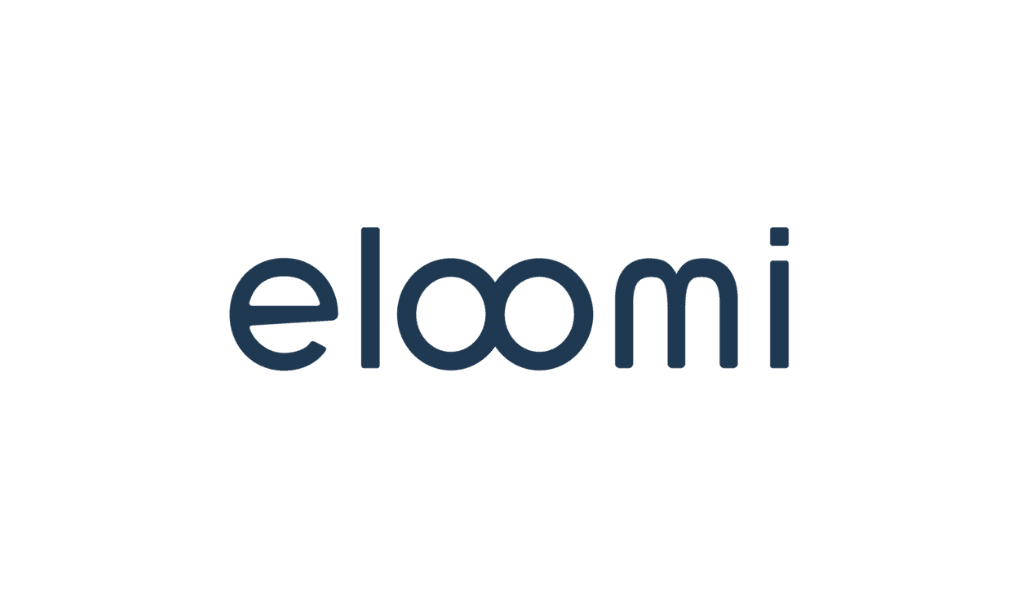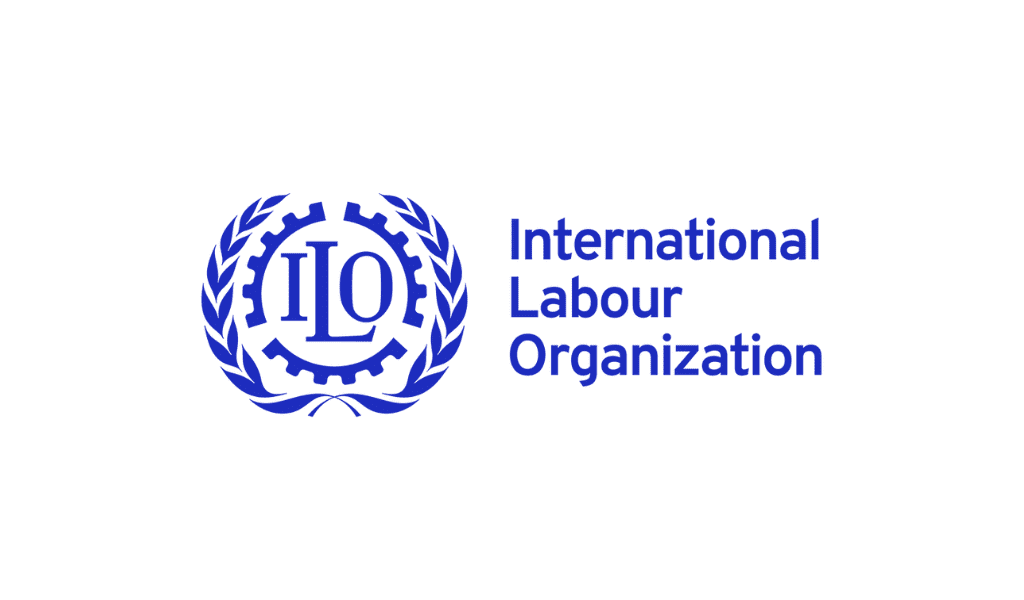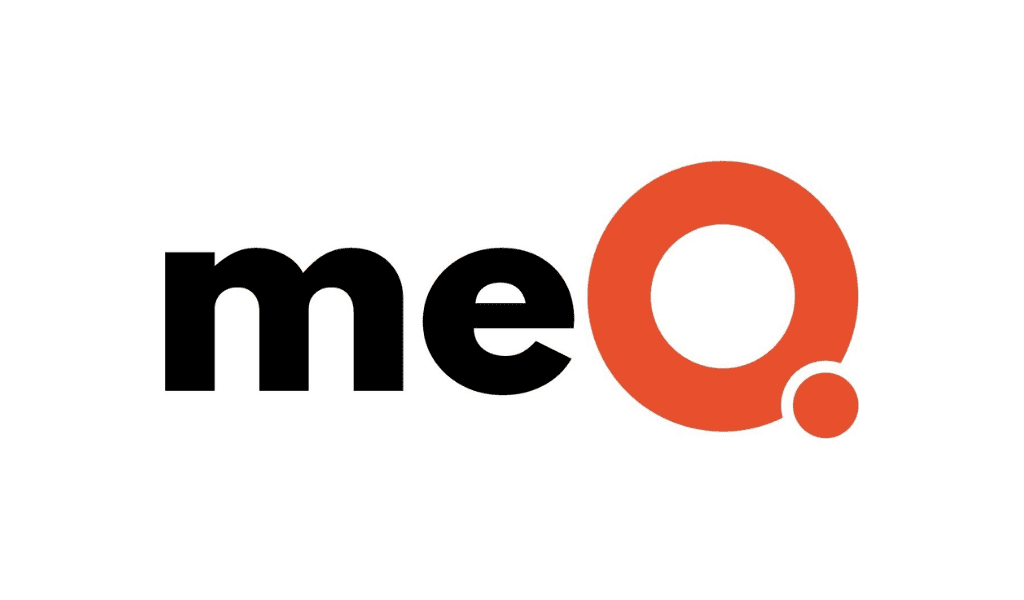A global workforce with dispersed employees can be brought together with technology and a human touch.
By Rachel Mooney
For HR professionals, the rise of the digital workplace presents an exciting but challenging opportunity. Technology has effectively blurred the lines between work and personal lives while enabling new opportunities for recruitment and retainment. According to a recent study of remote work from Buffer, 99 percent of respondents noted that they would like to work remotely at least part of the time. Another report by Indeed shows that 52 percent of employees say they wish they could work from home even if it meant taking a pay cut.
There has also been a growing appreciation and awareness of the link between healthy brains, productivity, and achievement, as well as an acceptance that different types of employees produce their best work in different types of workspaces. Recognizing that some people do work better outside of an office has been an important step in not only achieving work-life balance and flexibility within the workplace, but in actually delivering a better result for the company as people are more productive and focused.
At the same time, organizations are faced with competing demands to provide employees with more flexibility while also creating a genuine, united culture. This can be even more challenging when a workforce is spread across the globe. Yet, strong company culture is exactly what can help organizations overcome the challenges and realize the benefits of having a worldwide workforce.
It’s All About Culture
When dealing with a distributed workforce, establishing a culture of connection is possibly the most important piece of the puzzle. Allowing employees to build a human connection to their work, organization, and its values is hugely impactful. This connection can now be enabled via collaboration tools and video conferencing such as Zoom and Microsoft Teams. The implementation of this technology requires an investment of time, energy, and empathy on the part of leadership, but it helps bridge the gap between teams. Leaders need to be more mindful about creating that connection, taking time to build an understanding of their peoples’ interests, concerns, and experiences outside of work tasks.
There also must be an emphasis on learning and an understanding that to learn effectively, individuals must be in the right context. Employees need to feel that they’re safe, appreciated, and that the learning is relevant to them and what they are trying to achieve. This will keep employees engaged and in return, will ensure the company’s leadership remains accountable, that they have varied perspectives and that the company can continue to progress and innovate.
Benefits Outweigh the Challenges
Having employees across multiple time zones can cause some challenges: Communication can be slow, meetings can seem impossible to schedule, and leadership can be highly dispersed. However, there are many benefits to having a truly global workforce that outweigh the challenges.
The first and obvious strategic benefit is that employers can access an array of candidates from all over the world and hire the very best without the limitations of a geographic area. Saturated talent pools encourage companies to look for and recruit the best people for the job wherever they live. Not being limited by location ensures managers that they’ve picked the most qualified person from the best talent pool and can make them relaxed about employees not being based in hubs or designated offices.
Distributed workforces also alleviate organizations from the burden of relocations. While there are always strong business reasons to prompt relocating employees, companies should also be aware of the potential alienation created among their employees. It may make more sense to seek out less costly technology-enabled alternatives to retain top talent.
Workforces with a large, global footprint have the potential for real diversity and inclusion. The ability to hire people within their own communities, where they are steeped in a different perspective or have unique cultural references, contributes to a company’s culture, innovation and ultimately, the development of a global product and customer base.
While some may see a global workforce as a challenge, it’s truly an advantage in business today. Not only does a global workforce contribute to a fluid and flexible company culture, but it creates teams of unique people with differing ideas and opinions. As employees are distributed, everyone has a vested interest in purposefully engaging with other members of the organization. Enabled by new technology, teams make proactive efforts to connect with one another. And the culmination of those different viewpoints and new perspectives makes for a stronger company, both for customers and employees.
Rachel Mooney is chief people and culture officer for Snow Software.














